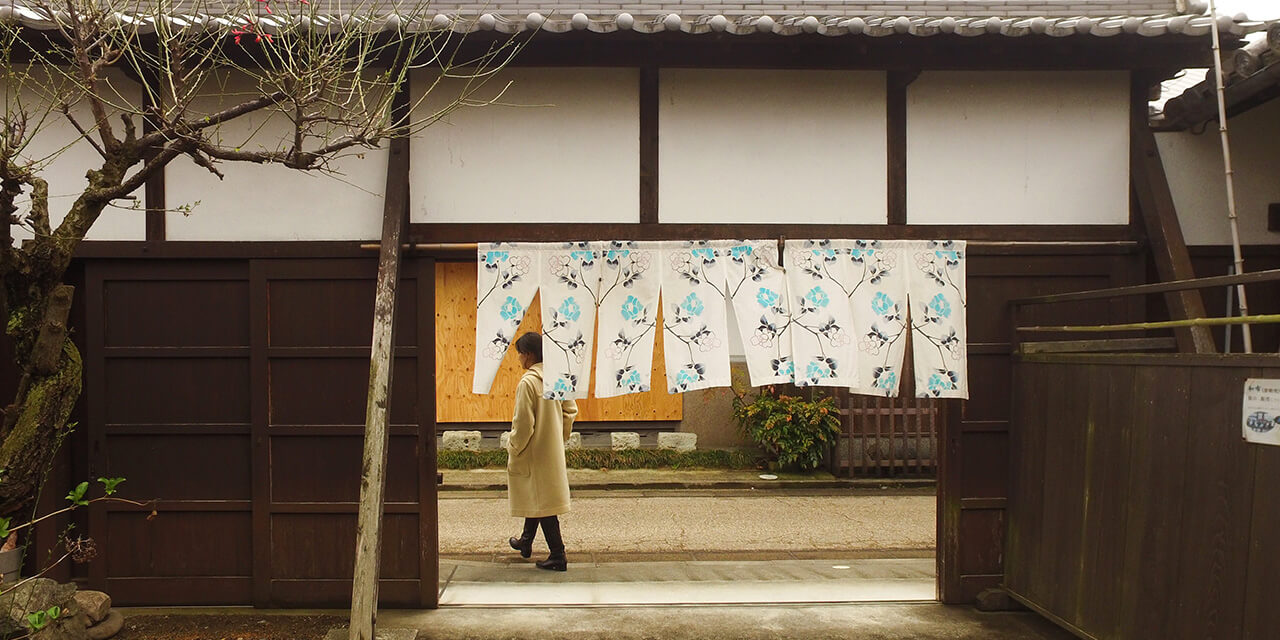May 29, 2017
A journey to landscape in the original state of Nara
The historic area of Shinmachi, running along the shoreline of the Yoshino River, was once animated by merchants from Ise, Yamato and Kii coming via trade routes during the Edo period.
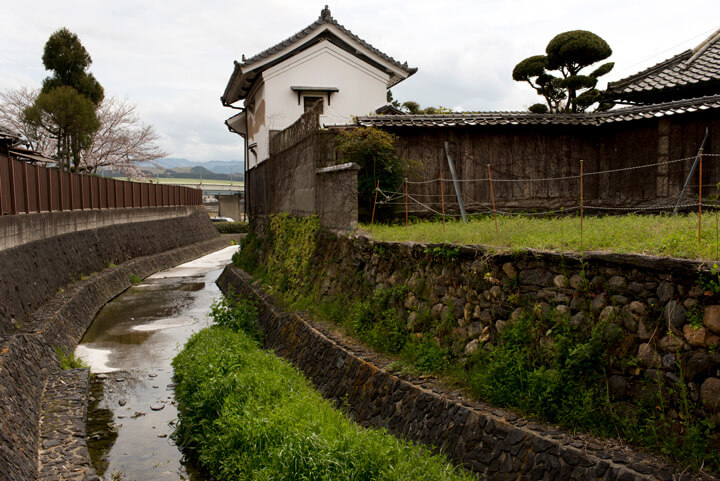
The Yoshino River appears in the Manyoshu, literally translated as “a collection of ten thousand leaves,” the oldest anthology of Japanese poetry. The river is also mentioned in historical documents from the 8th century.
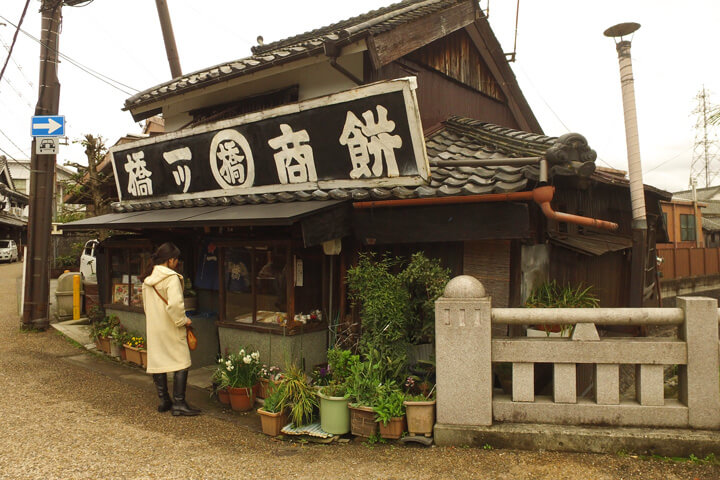
The Prefecture of Nara has preserved numerous temples constructed during the Nara period (710-794), when the city of Nara was the capital of Japan, known then as Heijo-kyo. Even in Kyoto, the temples aren’t as old as they are in Nara, or as well preserved, due to the constant instability that reigned in Kyoto until the end of the Edo period. The region of Gojo is an ideal point of departure for Koyasan, situated slightly to the east. A pilgrimage to Kongobu-ji, Koyasan’s principal temple, is strongly recommended.
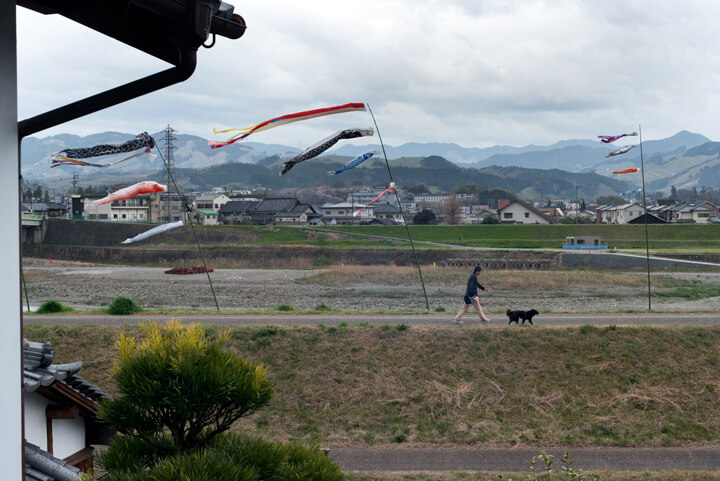
In the Shinmachi area, there are many places connected to the legend of Kukai, better known as Kobo-Taishi, founder of the Buddhist Shingon sect in Koyasan. In 2010, this area was designated by the government as an “Important Preservation District for Groups of Historic Buildings.” Still today, each alcove stands witness to the wisdom of the town’s residents over the centuries.

The owner of Yanaseya, Mr. Kitayama, has made it his personal mission to pass on Gojo’s charms to visitors and shares a story about Yanaseya. Originally a doctor’s home, the inn was entirely renovated and transformed into a luxurious guesthouse in 2011.
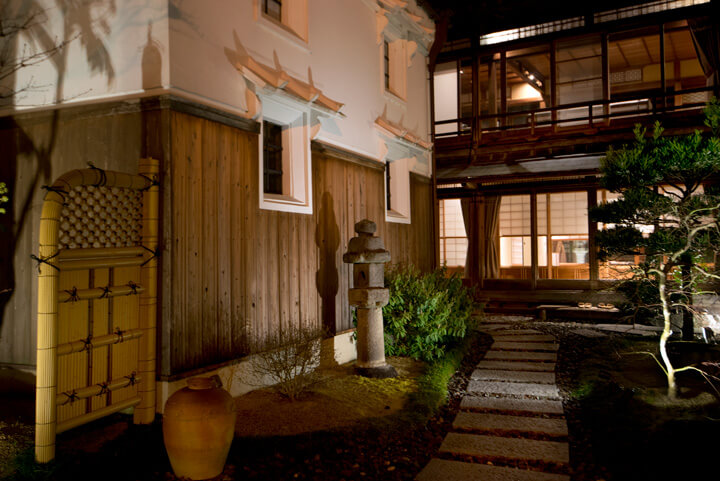
Alex Karr, an American who specializes in organizing and modernizing traditional Japanese houses, supervised the renovation. Ceilings with bare beams and old furniture were matched with glass and modern items to give an overall fresh impression.
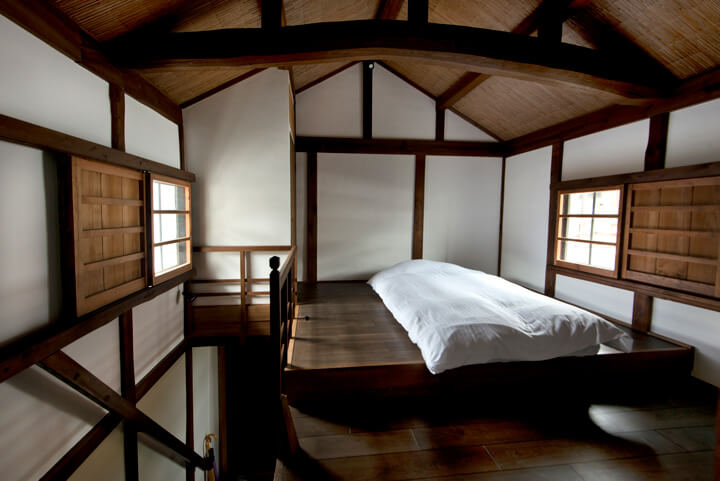
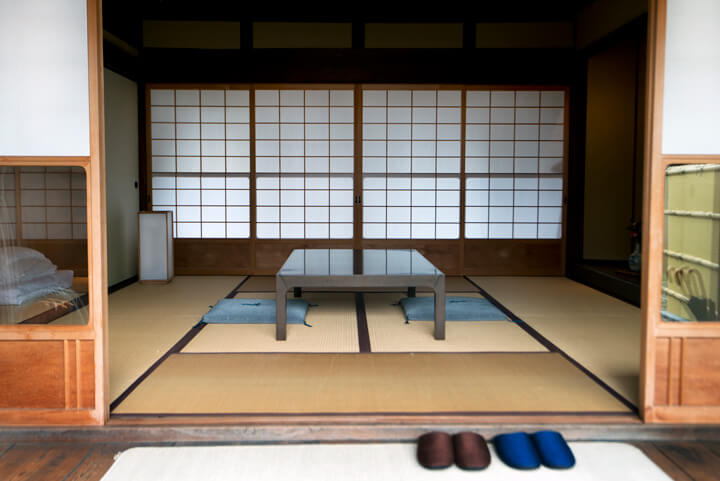
And so, Yanaseya was able to preserve its value as a traditional Japanese house as it transformed into a magnificent modern haven.
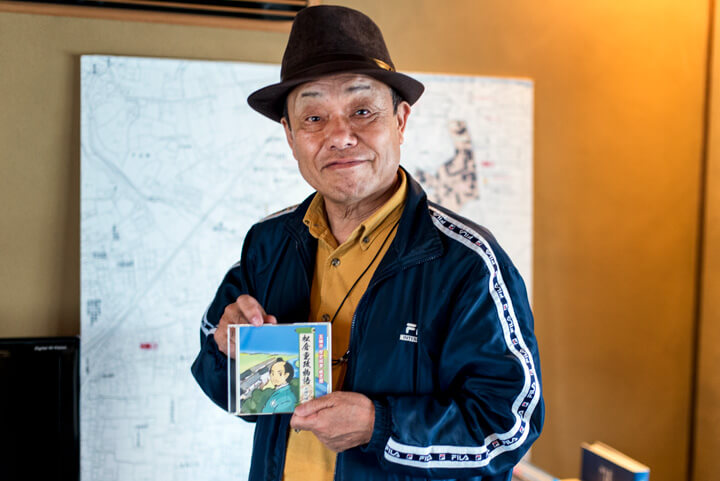
“I want Yanaseya to offer a unique experience of the Japanese culture to all its visitors. It would be a pity if foreign tourists who come from afar are contented by shopping in the Osaka area. For those who come this far, I want them to see the original landscapes of Japan.”
Each journey brings a new discovery. But meeting residents who personally share the history of their town makes the experience much more intimate.
 01日本語
01日本語 02English
02English




